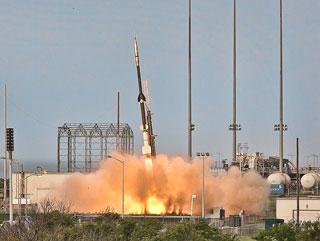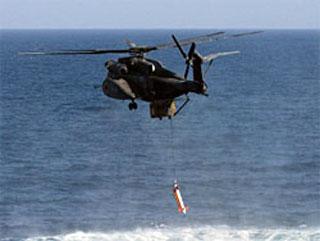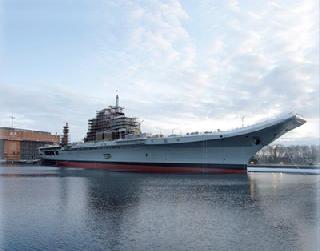
IRVE-3 launch. Photo: NASA/Sean Smith.
WALLOPS ISLAND, VIRGINIA (BNS): A large inflatable heat shield developed by NASA's Space Technology Programme has successfully survived a trip though Earth's atmosphere while travelling at hypersonic speeds up to 7,600 mph.
"This demonstration flight goes a long way toward showing the value of these technologies to serve as atmospheric entry heat shields for future space," James Reuther, deputy director of NASA's Space Technology Programme, was quoted as saying in the NASA news report.
The Inflatable Reentry Vehicle Experiment (IRVE-3) was launched by sounding rocket at 7:01 a.m. Monday from NASA's Wallops Flight Facility on Wallops Island, Virginia.
The purpose of the IRVE-3 test was to show that a space capsule can use an inflatable outer shell to slow and protect itself as it enters an atmosphere at hypersonic speed during planetary entry and descent, or as it returns to Earth with cargo from the International Space Station.
IRVE-3, a cone of uninflated high-tech rings covered by a thermal blanket of layers of heat resistant materials, launched from a three-stage Black Brant rocket for its suborbital flight.
About 6 minutes into the flight, as planned, the 680-pound inflatable aeroshell, or heat shield, and its payload separated from the launch vehicle's 22-inch-diameter nose cone about 280 miles over the Atlantic Ocean, the report said.
An inflation system pumped nitrogen into the IRVE-3 aeroshell until it expanded to a mushroom shape almost 10 feet in diameter.
Then the aeroshell plummeted at hypersonic speeds through Earth's atmosphere. Engineers in the Wallops control room watched as four onboard cameras confirmed the inflatable shield held its shape despite the force and high heat of reentry.
Onboard instruments provided temperature and pressure data. Researchers will study that information to help develop future inflatable heat shield designs, the report added.
This test was a follow-on to the successful IRVE-2, which showed an inflatable heat shield could survive intact after coming through Earth's atmosphere.
IRVE-3 was the same size as IRVE-2, but had a heavier payload and was subjected to a much higher re-entry heat, more like what a heat shield might encounter in space.
 Previous Article
Previous Article Next Article
Next Article













The Indian Air Force, in its flight trials evaluation report submitted before the Defence Ministry l..
view articleAn insight into the Medium Multi-Role Combat Aircraft competition...
view articleSky enthusiasts can now spot the International Space Station (ISS) commanded by Indian-American astr..
view article